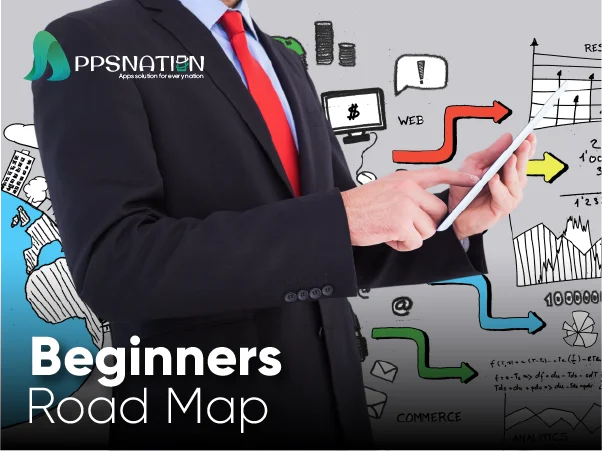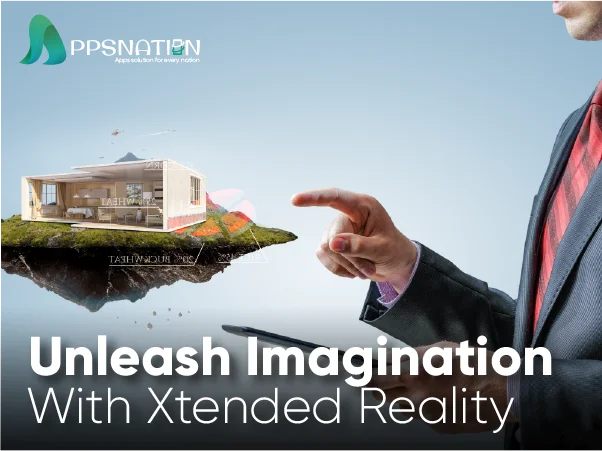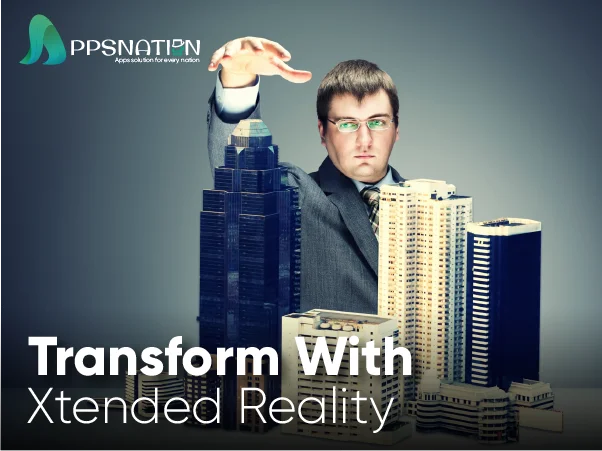In recent years, the concept of the metaverse has garnered considerable interest. It encompasses a virtual reality realm where individuals can engage with each other and digital elements within a three-dimensional environment. As the metaverse continues to evolve, the demand for skilled metaverse developers is on the rise. If you’re interested in exploring this exciting field and becoming a metaverse developer, this article will guide you through the path to digital world creation.
Table of Contents
| 1 | Introduction: What is the Metaverse |
| 2 | Understanding Metaverse Development |
| 3 | Acquiring Programming Skills
|
| 4 | Familiarising with Metaverse PlatformsUnity
|
| 5 | Building Virtual Worlds
|
| 6 | Networking and Multiplayer Functionality |
| 7 | Incorporating Artificial Intelligence (AI) |
| 8 | Optimising Performance and User Experience |
| 9 | Security and Privacy Considerations in the Metaverse |
| 10 | Collaborating with Other Developers |
| 11 | Showcasing Your Work and Building a Portfolio |
| 12 | Keeping Up with Emerging Technologies |
| 13 | Challenges and Future of the Metaverse |
| 14 | Conclusion |
| 15 | Frequently Asked Questions (FAQs) |
Introduction: What is the Metaverse?
The metaverse is a digital realm that includes virtual reality, augmented reality, and the internet, forming a comprehensive digital universe. It provides users with an immersive and interactive experience, enabling them to socialise, work, learn, and engage in various activities within a virtual environment. The metaverse is a rapidly expanding concept that holds immense potential for innovation and creativity.
Understanding Metaverse Development
Metaverse development involves the creation and design of virtual worlds within the metaverse. Metaverse development necessitates a blend of technical skills, creativity, and a profound comprehension of user experience. As a metaverse developer, you will be responsible for crafting immersive environments, implementing interactions, and integrating various elements to deliver engaging experiences.
Acquiring Programming Skills
To embark on the path of metaverse development, it is essential to acquire strong programming skills. Here are several crucial areas to concentrate on:
1. Learning Programming Languages
Start by learning programming languages commonly used in metaverse development, such as C#, JavaScript, or Python. These languages will serve as the foundation for building interactive and dynamic virtual worlds.
2. Understanding 3D Graphics
Familiarise yourself with 3D graphics and rendering techniques. Learn about modelling, texturing, lighting, and animation to bring virtual environments to life.
3. Exploring Virtual Reality (VR) Development
As virtual reality plays a crucial role in the metaverse, gaining expertise in VR development is essential. Explore platforms like Oculus, HTC Vive, or PlayStation VR to understand the intricacies of designing immersive experiences.
Familiarising with Metaverse Platforms
Metaverse development often involves working with popular platforms that provide the necessary tools and frameworks. Here are a few notable ones:
1. Unity
Unity is a powerful and versatile game development engine widely used in metaverse development. It offers a user-friendly interface, a vast asset store, and excellent cross-platform compatibility.
2. Unreal Engine
Unreal Engine is another popular choice for creating metaverse experiences. It provides advanced features, stunning visuals, and a robust set of tools for developers.
3. Roblox
Roblox, a user-generated content platform, has gained immense popularity, especially among younger audiences. It offers a simplified development environment and enables creators to build and monetize their virtual worlds.
Building Virtual Worlds
Building virtual worlds involves a series of steps to create immersive and engaging experiences for users. Here’s an overview:
1. Conceptualising the World
Start by brainstorming and conceptualising the virtual world you want to create. Consider the theme, aesthetics, gameplay mechanics, and user interactions.
2. Designing and Modelling Environments
Using 3D modelling tools, design and create the environments and assets that populate your virtual world. Pay attention to detail, lighting, and textures to enhance realism.
3. Implementing Interactions and Gameplay Mechanics
Integrate interactions and gameplay mechanics to enable users to engage with objects, complete tasks, and explore the virtual world. Ensure intuitive and responsive controls for a seamless experience.
4. Testing and Iterating
Regularly test your virtual world to identify bugs, glitches, and areas for improvement. Gather feedback from users and iterate on your design to enhance the overall experience.
Networking and Multiplayer Functionality
To create a truly immersive metaverse experience, incorporate networking and multiplayer functionality. Allow users to interact with each other, collaborate, and engage in shared activities within your virtual world.
Incorporating Artificial Intelligence (AI)
Utilise artificial intelligence to add life and realism to your virtual worlds. Implement AI-controlled characters, dynamic behaviours, and intelligent systems to create a more dynamic and interactive experience.
Optimising Performance and User Experience
Optimise the performance of your virtual worlds to ensure smooth gameplay and a high-quality user experience. Consider factors such as rendering efficiency, load times, and minimising latency.
Security and Privacy Considerations in the Metaverse
With the increasing importance of user data protection, prioritise security and privacy in your metaverse development. Implement secure login systems, data encryption, and measures to prevent unauthorised access.
Collaborating with Other Developers
Metaverse development often involves collaboration with other developers. Join online communities, forums, and attend conferences to network with like-minded professionals and learn from their experiences.
Showcasing Your Work and Building a Portfolio
Create a portfolio showcasing your metaverse development projects. Share your work on platforms like GitHub, LinkedIn, or personal websites to attract potential employers or clients.
Keeping Up with Emerging Technologies
Keep yourself informed about the most recent trends and advancements in metaverse development. Attend workshops, read industry publications, and experiment with new tools to stay ahead in this rapidly evolving field.
Challenges and Future of the Metaverse
As with any emerging technology, the metaverse faces several challenges, including scalability, interoperability, and ethical considerations. However, the future of the metaverse holds great promise, with potential applications in gaming, education, healthcare, and beyond.
Conclusion
Becoming a metaverse developer requires a combination of technical expertise, creativity, and a deep understanding of user experience. By acquiring programming skills, familiarising yourself with metaverse platforms, and honing your design and development abilities, you can embark on an exciting journey to shape the digital worlds of the future.
FAQ
Q: What is the metaverse?
The metaverse is a virtual reality space that encompasses augmented reality, virtual reality, and the internet. It allows users to interact with each other and digital elements in a three-dimensional environment.
Q. What programming languages should I learn for metaverse development?
Common programming languages for metaverse development include C#, JavaScript, and Python. These languages are widely used in creating interactive and dynamic virtual worlds.
Q: Can I build virtual worlds without prior programming knowledge?
While programming skills are valuable for metaverse development, there are user-friendly platforms like Roblox that offer simplified development environments. These platforms enable users to build virtual worlds without extensive programming knowledge.
Q: Are web development skills in demand?
Yes, web development skills are in high demand as businesses and individuals increasingly rely on websites for various purposes. Having these skills can open up numerous job opportunities and freelance projects.
Q: How can I showcase my metaverse development work?
To showcase your metaverse development projects, create a portfolio and share your work on platforms like GitHub, LinkedIn, or personal websites. This allows potential employers or clients to assess your skills and expertise.
Q: What are the future applications of the metaverse?
The metaverse has the potential to revolutionise various industries, including gaming, education, healthcare, social interactions, and more. Its immersive and interactive nature opens up endless possibilities for innovation and creativity.





